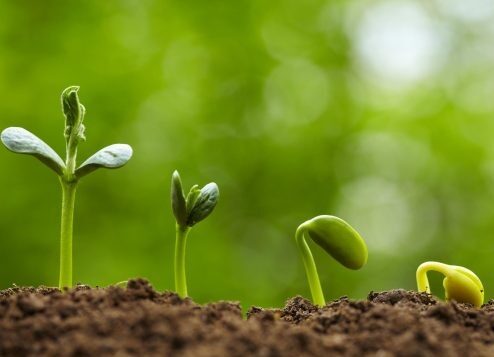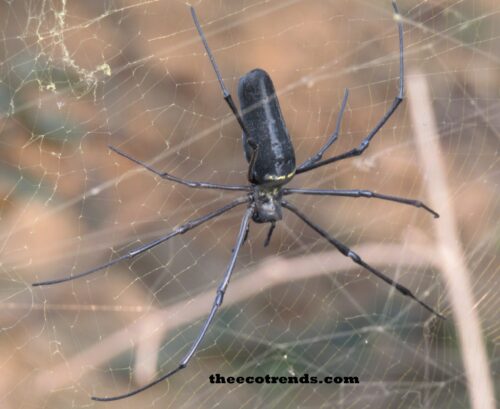A habitat is the natural home or environment of an animal, plant, or other organism.
As such, a microhabitat is a habitat that is small or limited in extent and differs in character from some surrounding more extensive habitats. It is essentially a tiny habitat within a larger habitat.
Macro habitat is a vast area made of many microhabitats. Smaller organisms need microhabitats. They get all the conditions available there. Some microhabitats are crevices of rocks, the undersides of rotting logs, the underside of bark, leaf litter on a forest floor, etc.
A microhabitat is a small region or area within a given habitat with special features that better suit some organisms. The term microhabitat is used for an organism’s smaller and immediate habitat. A habitat is usually a large area where many smaller units may exist. These smaller units are microhabitats.
The conditions of the environment in one region cannot be similar in another. Various plants and animals are found in different zones and regions of a sea.
Some specific plants and animals at the bottom differ from those at the surface. Also, the biotic components and factors in the different sea regions differ. This is why the organisms present in the deep water of the sea are not found at the surface. All these areas constitute different microhabitats. Thus, in more simplified ways, a microhabitat is a small, specialized, and effectively isolated area that is not based on population size.
Different microhabitats are characterized by specific abiotic factors that determine the types of organisms living there. The range of temperature, available water, and amount of light relate to the tolerance levels of organisms that live there.
Relationship among Organisms
The Biological Dimension of the environment covers all the life forms found in the ultimate surroundings of an individual. Various species continuously interact with each other and establish different biotic relationships among themselves. They all remain closely linked to their physical environment through different bio-geo-chemical cycles. These cycles involve the transfer of food through food chains and food webs, the transfer of energy from one point of the environment to another, and the maintenance of balance in the natural environment. These different species interact and form an interdependent association called a biotic community.
Species in a biotic community inhabiting an ecosystem are variously interlinked to each other. In a diverse ecosystem, species are more interdependent. They develop more complex relationships that can hardly be identified. However, these vital relationships between two species get exposed whenever a species goes extinct. Everyone is related to everyone else in an ecosystem, and changes in anyone are bound to affect others.
The maintenance of the world cannot be possible without biodiversity, as E.O. Wilson has pointed out – “Biological Diversity is the key to the maintenance of the world as we know it.” Also, biological diversity cannot be maintained without interdependence between species of ecosystems. What is this interdependence?
The connections between the species of an ecosystem help shape different types of associations. These associations of species allow ecological functions to go on properly and smoothly and so maintain the stability or balance of nature. This is called Interdependence between Species. The Interdependence between species may be classified into different categories.




